1. The Vatican Has Its Own ATM—and It’s in Latin
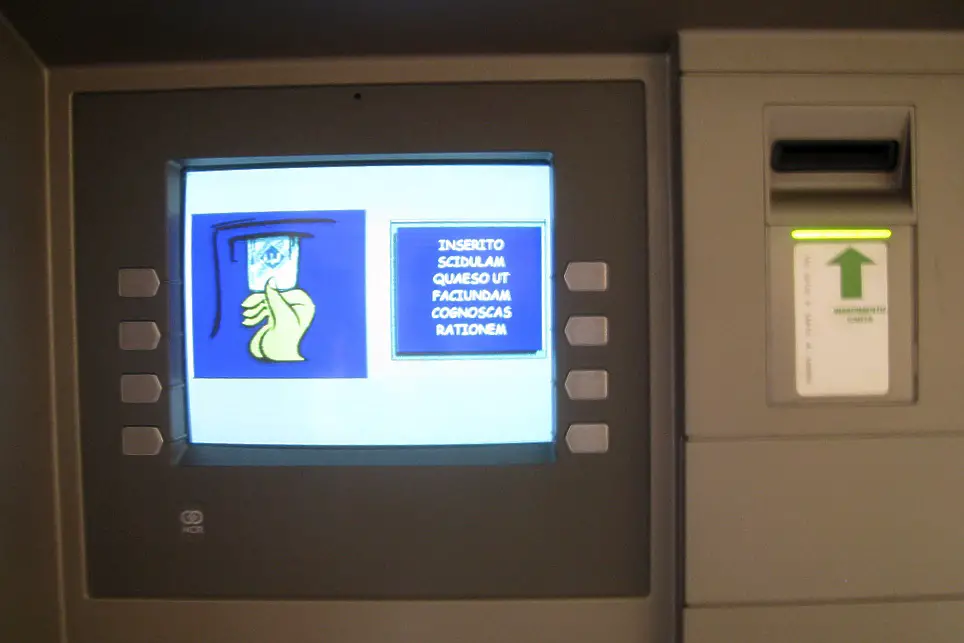
Believe it or not, the Vatican’s ATM machines offer Latin as a language option. That means you could be withdrawing cash while reading “Inserito scidulam quaeso ut faciundam cognoscas rationem” (which roughly means “Please insert your card to begin”). It’s the only place in the world where this ancient language still shows up on modern tech. It’s a quirky nod to Latin being the official language of the Catholic Church, even if most folks don’t speak it anymore shares the Pillar.
While the Church mostly uses Italian or local languages during services today, Latin remains the default for official documents. So technically, if you wanted to brush up on your Latin, you could take a trip to the Vatican and practice at the cash machine. It might be the most unexpected language lesson you’ll ever get. And it definitely makes for a unique vacation story adds BBC.
2. St. Peter’s Basilica Isn’t the Vatican’s Official Church
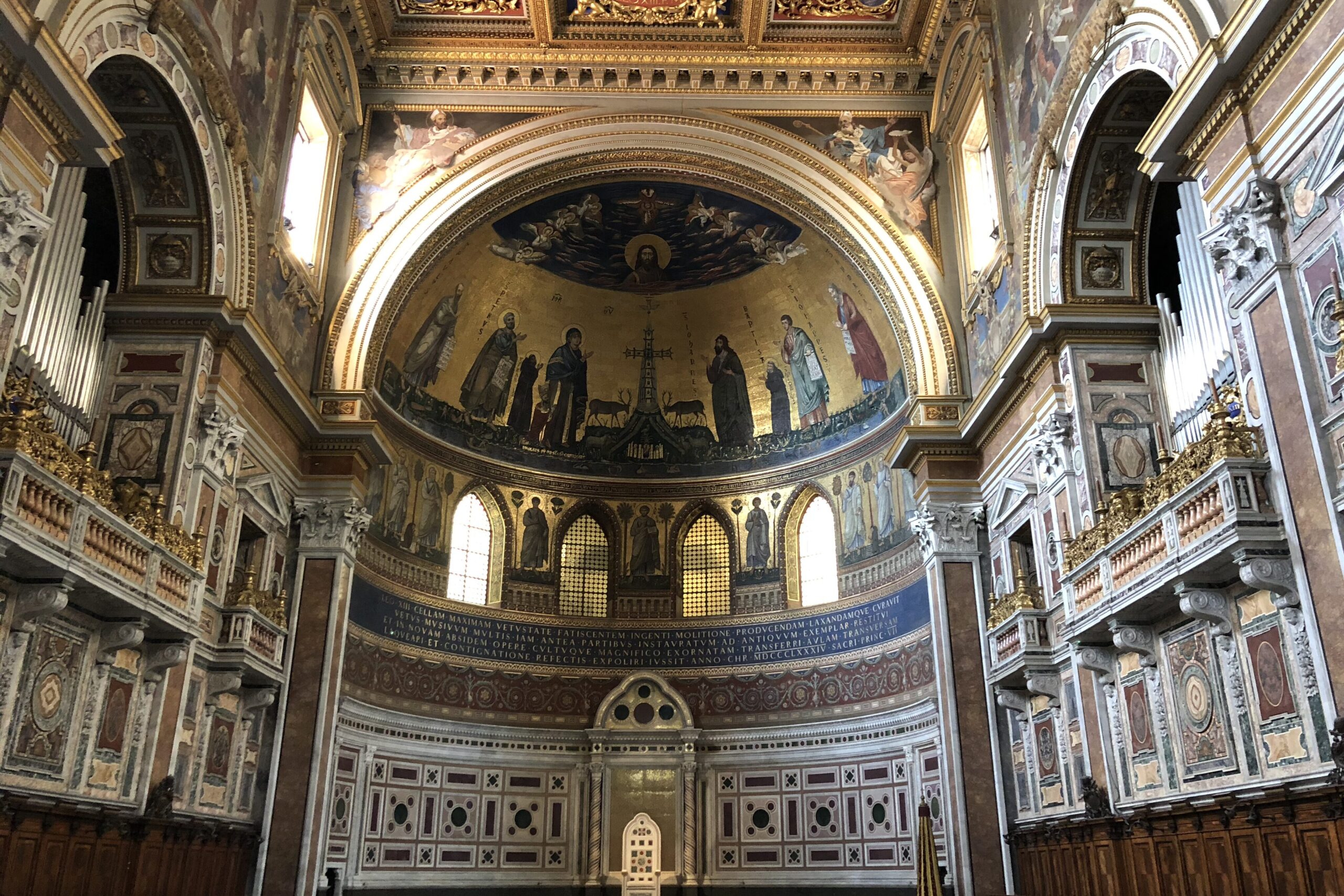
Most people assume that St. Peter’s Basilica is the Vatican’s official church—but it’s not. That honor actually goes to the Archbasilica of St. John Lateran. It’s the oldest and highest-ranking church in Rome, and it’s considered the “mother church” of all Roman Catholic churches worldwide. It’s where the Pope’s cathedral seat is, even though he usually resides at the Vatican shares Britannica.
St. John Lateran doesn’t get nearly as many tourists, but it’s incredibly rich in history and architecture. It’s also where popes were enthroned for centuries. If you’re ever in Rome, it’s worth the detour just to say you’ve seen the actual official church of the Pope. Most Catholics don’t even know this twist says the Holy See.
3. The Vatican Has Its Own Observatory—In Arizona

You might picture the Vatican as all ancient architecture and holy relics, but it’s also got a foot firmly planted in science. The Vatican Observatory is one of the oldest astronomical research institutions in the world, and it even operates a telescope in Arizona. That’s right—Catholic priests are scanning the skies from the deserts of the American Southwest.
They moved part of their operations there because Rome’s light pollution made stargazing difficult. The observatory is staffed by Jesuit priests who also happen to be professional astronomers. Their research has helped expand what we know about galaxies, black holes, and meteorites. So the next time someone suggests science and religion don’t mix, you can tell them the Vatican has a telescope in Arizona.
4. There’s a Secret Passage for the Pope
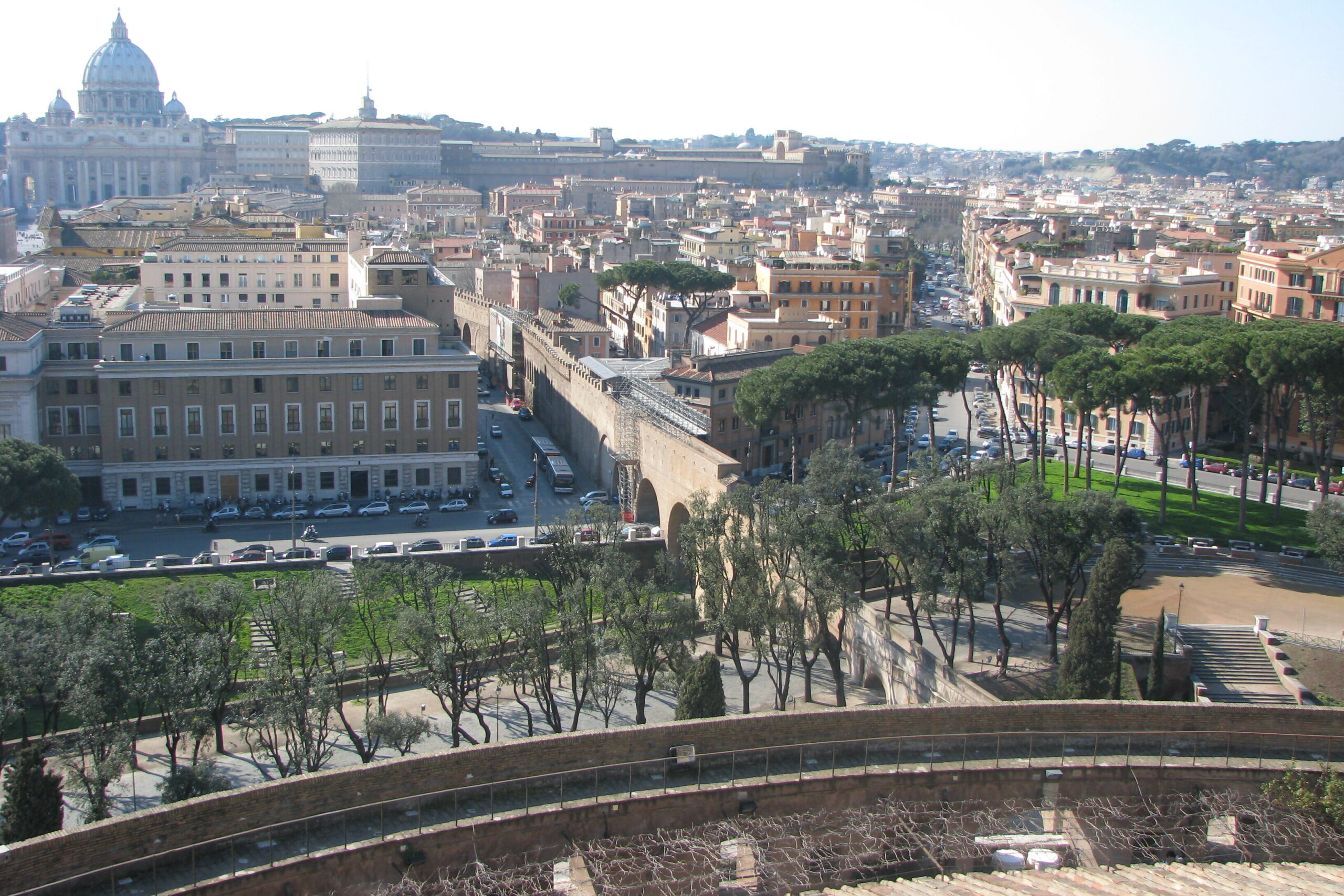
When things get dicey, the Pope has a hidden escape route. It’s called the Passetto di Borgo, and it connects the Vatican to Castel Sant’Angelo. This elevated walkway was built in the 13th century and has been used during times of political unrest or attack. Most famously, Pope Clement VII fled through it during the sack of Rome in 1527.
It might sound like something out of a spy movie, but it’s very real—and still standing. Today, you can walk parts of it on a guided tour, though some sections remain off-limits. The Vatican has always taken the Pope’s security seriously, and this passage was a practical solution back in the day. Even now, it adds a bit of mystery to the world’s smallest country.
5. It’s the Only Country That Can Lock Its Own Gates
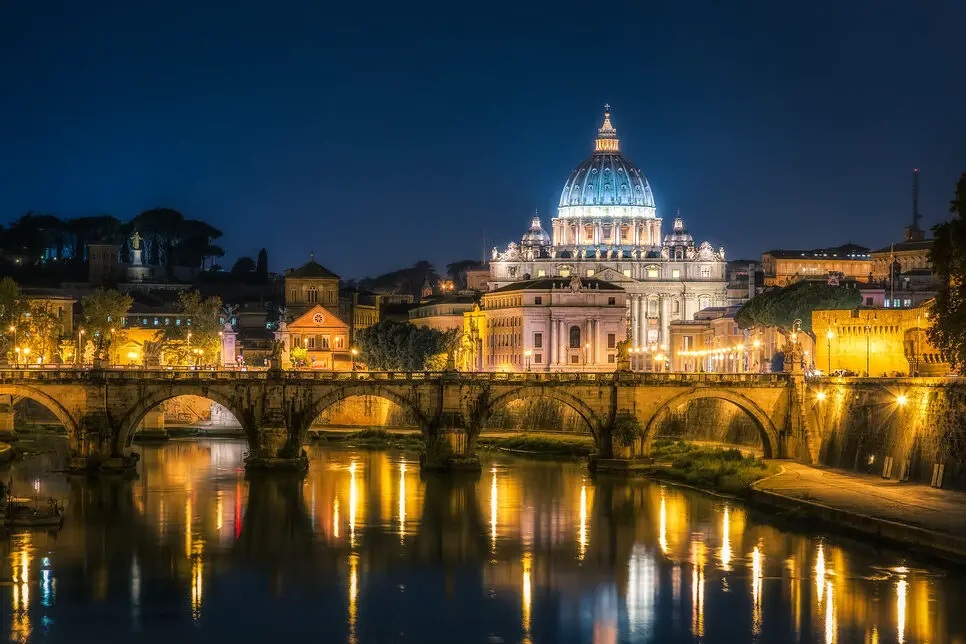
The Vatican might be small, but it runs like a full-fledged country—with some extra quirks. One of them is that it can literally shut itself off from the outside world. Every night at midnight, the Swiss Guard closes the gates, essentially sealing the Vatican shut until morning. No one gets in or out without permission.
This tradition is both symbolic and practical. It reflects the Vatican’s status as a sovereign state while ensuring tight security. You won’t find many other nations with this kind of daily ritual. It’s just one of those little details that show how unique Vatican life really is.
6. The Swiss Guard Has to Be… Swiss
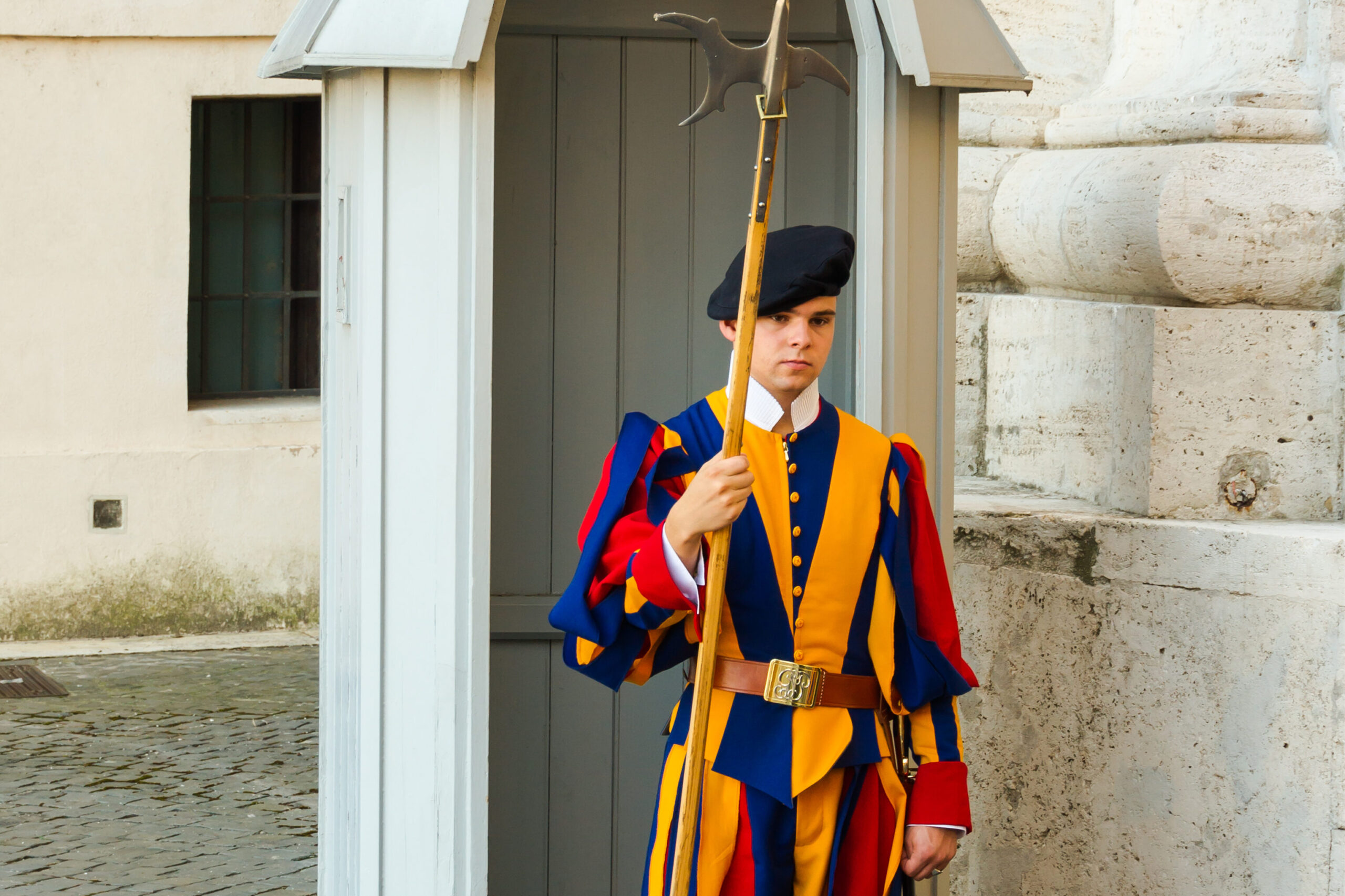
You can’t just sign up to be a Vatican guard on a whim. To join the Swiss Guard, you have to be an unmarried Swiss Catholic man between the ages of 19 and 30. You also need to have completed basic training in the Swiss military. These colorful soldiers are both ceremonial and functional, and they’ve been protecting the Pope since 1506.
Their uniforms might look like something out of the Renaissance, but they’re trained in modern security tactics. Behind those striped outfits are skilled bodyguards who take their roles very seriously. They even take an oath to defend the Pope with their lives. It’s not just for show—it’s a deep tradition with strict standards.
7. The Vatican Issues Its Own Stamps and License Plates
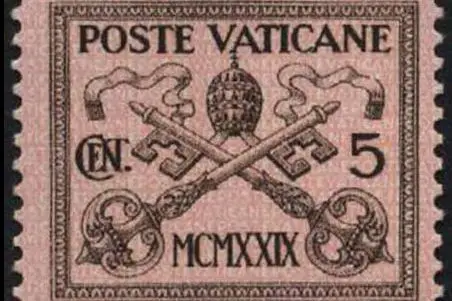
For such a tiny country, the Vatican handles a surprising number of its own operations—including postage. Vatican City issues its own stamps, which are a collector’s dream. Tourists love sending postcards from the Vatican just to get that rare postmark. They even have their own license plates for vehicles that start with “SCV,” which stands for “Status Civitatis Vaticanae.”
These little things make it feel like a self-contained world. Even their newspaper, L’Osservatore Romano, is produced in-house and has been around since 1861. It’s a fascinating mix of spiritual authority and bureaucratic independence. You don’t realize how many “country” things the Vatican actually does until you look closely.
8. There’s a Vatican Pharmacy—And It’s Huge
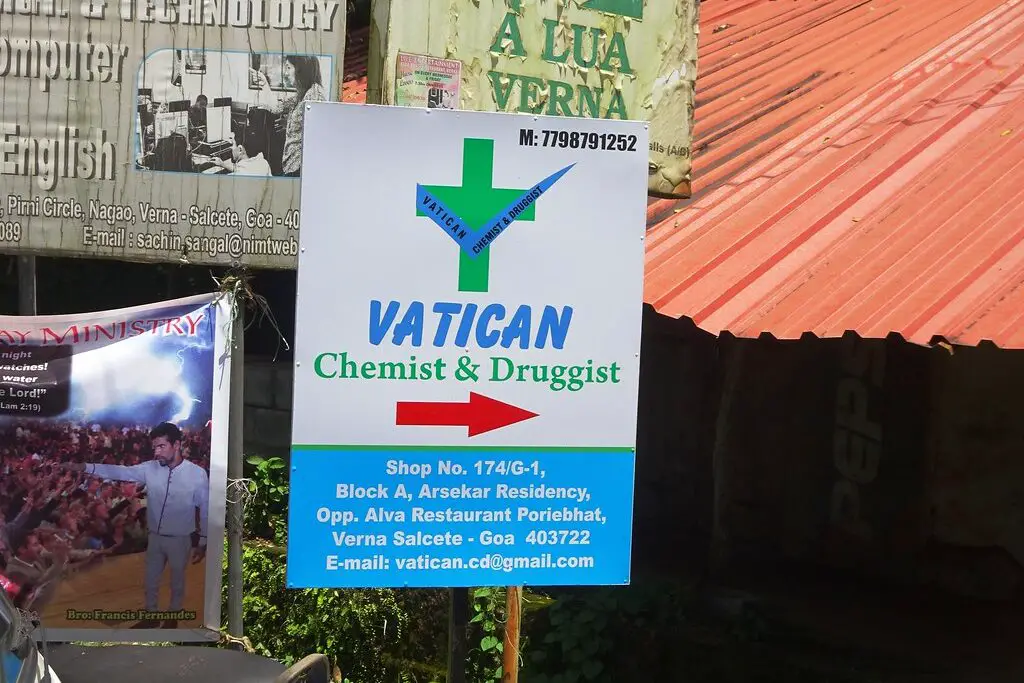
The Vatican has its very own pharmacy, and it’s one of the busiest in the world. It serves Vatican citizens, clergy, and employees, and sometimes even people outside Vatican walls with special permission. Founded in the late 1800s, it’s stocked with over 40,000 medications. Some of them aren’t even available in Italy.
It’s staffed by religious and lay pharmacists, and the lines can get long. There are days when over 2,000 people pass through its doors. Locals know that if you’re looking for hard-to-find medicine, the Vatican Pharmacy might have it. It’s just one more way the Vatican takes care of its community like a little city.
9. Vatican City Has the Highest Crime Rate Per Capita
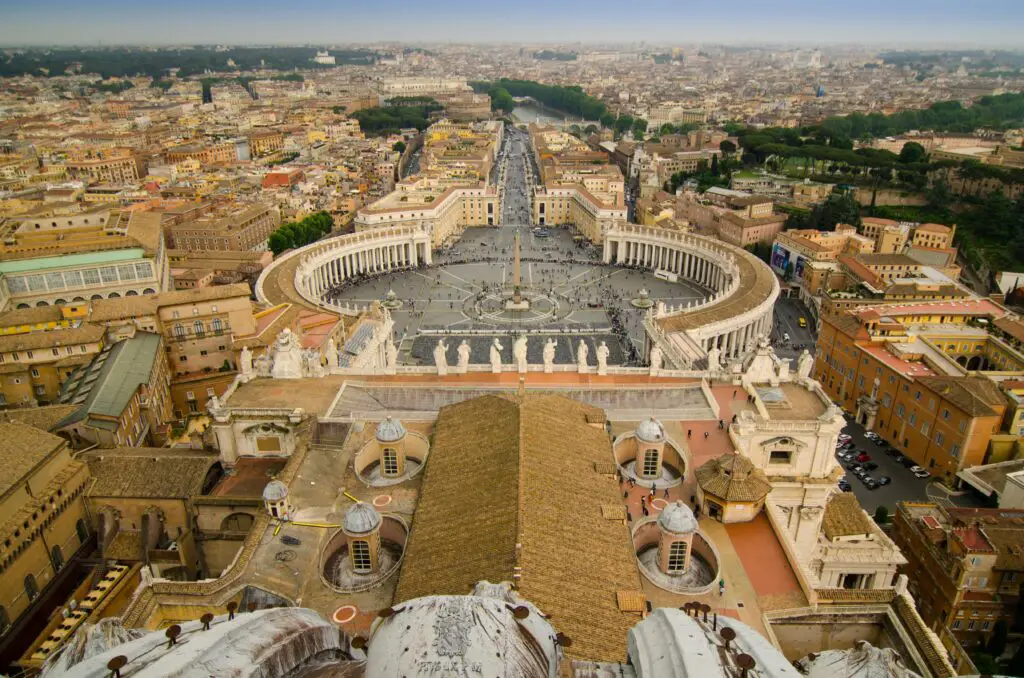
This one’s a bit of a statistical oddity. Because Vatican City is so small—fewer than 1,000 residents—even a handful of crimes skew the crime rate way up. Most of these are pickpocketing or petty thefts that happen among tourists. With millions of visitors every year, the chance of something going missing is high.
So while the per capita crime rate sounds alarming, it doesn’t mean Vatican City is dangerous. It’s just that when you divide the number of reported crimes by the tiny population, the number spikes. The Swiss Guard and Vatican Police still keep a tight ship. Just keep an eye on your wallet like you would in any tourist-heavy area.
10. It’s Home to the Shortest Railway in the World

The Vatican has a railway system, but don’t expect to go far. It’s only about 300 yards long and connects to Italy’s national rail system. Originally, it was used to transport goods and the occasional visiting dignitary. These days, it’s more of a novelty, though it still sees rare use for special events or shipments.
The station itself is beautifully designed and steeped in history. There have even been some tourist rides launched in recent years to showcase this little-known feature. It’s probably the only time you’ll ever ride a train in an entire country in under five minutes. But that’s Vatican City for you—small but full of surprises.
11. The Vatican Library Has Books You’re Not Allowed to Read
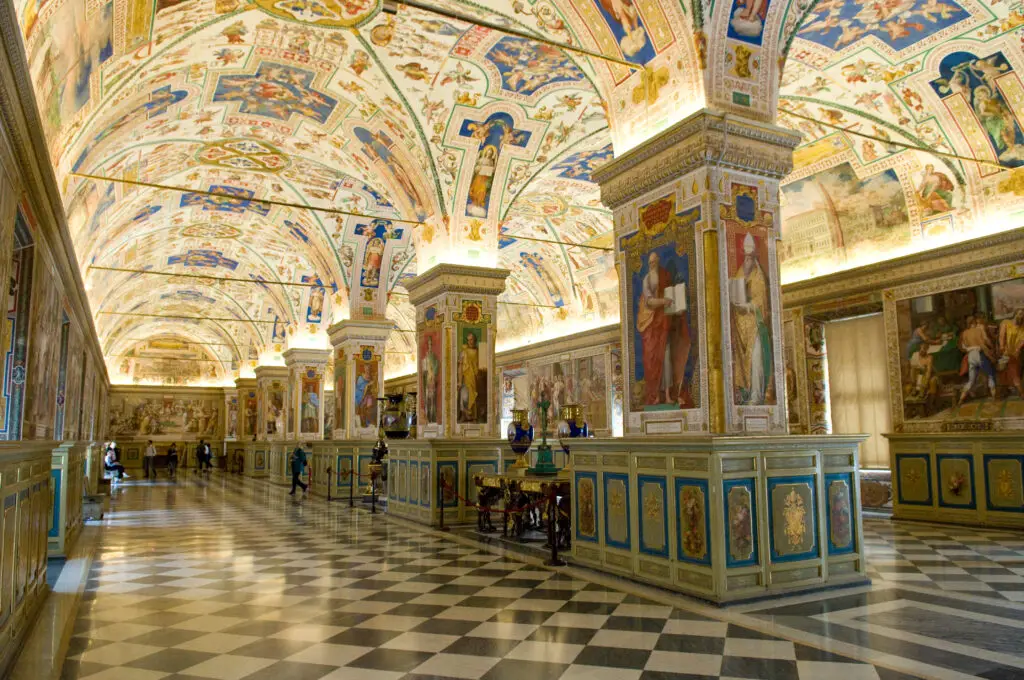
The Vatican Apostolic Library holds some of the most important texts in human history—but good luck getting in. While it does allow researchers and scholars access with special permission, much of the collection is off-limits to the general public. We’re talking ancient manuscripts, letters, and early copies of biblical texts that are hundreds, even thousands of years old.
The secretive vibe adds to the allure, of course. There’s a separate section called the Vatican Secret Archives, which sounds even more mysterious. Despite the name, “secret” actually means “private” in this context, as in the Pope’s personal archive. Still, it’s fun to imagine what treasures might be hiding behind those locked doors.
12. Michelangelo Didn’t Want to Paint the Sistine Chapel
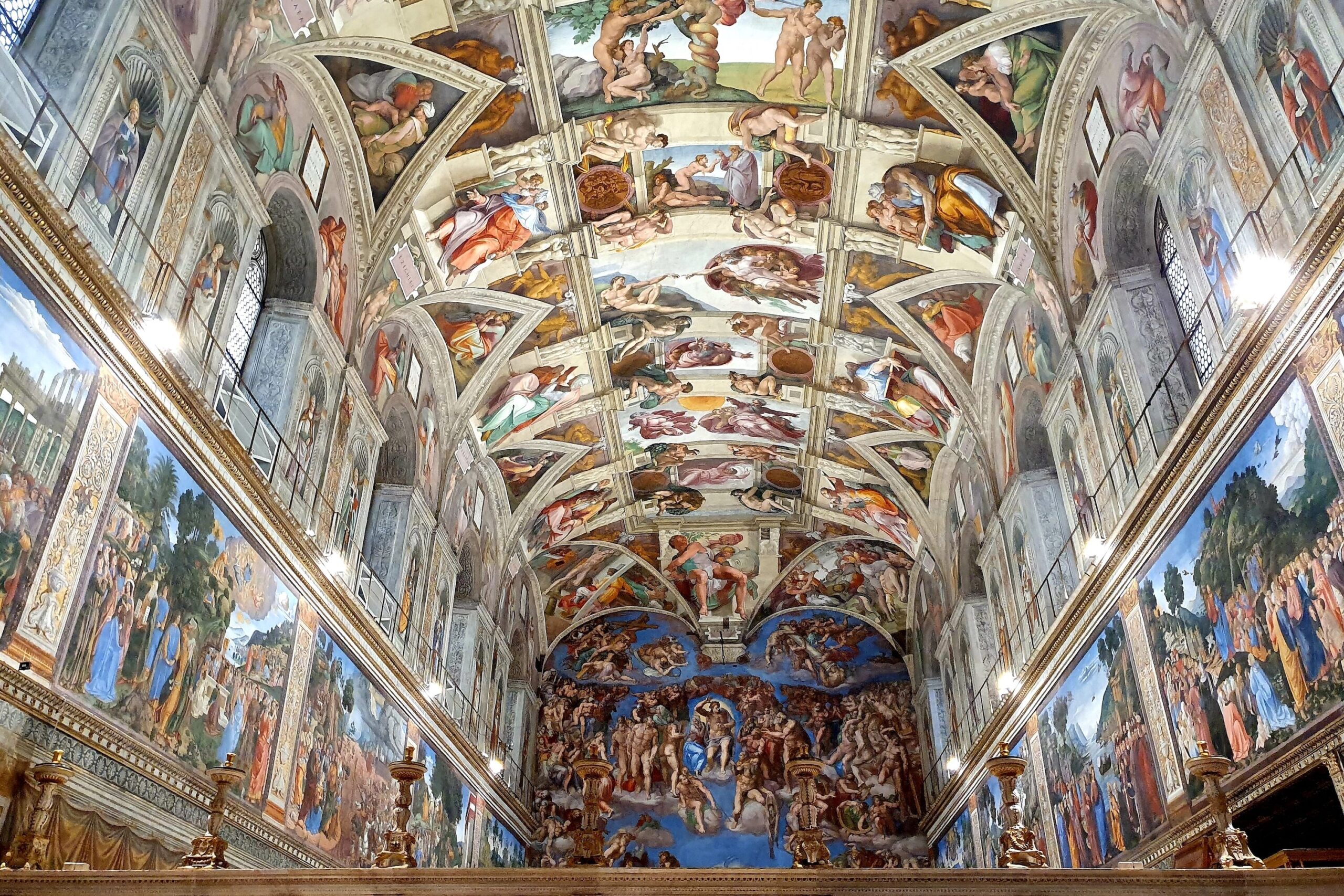
It’s hard to picture the Sistine Chapel ceiling without Michelangelo’s stunning frescoes—but he actually didn’t want the job. He considered himself a sculptor, not a painter, and thought the task was too overwhelming. Pope Julius II practically forced him into it, and Michelangelo spent four years working on it while lying on scaffolding.
The physical toll was immense. He even wrote a poem complaining about how his neck hurt and how paint dripped in his eyes. But despite the struggle, he created one of the most iconic masterpieces in Western art. Sometimes being pushed out of your comfort zone leads to greatness—even if you grumble the whole time.
13. The Vatican Has Its Own Soccer Team
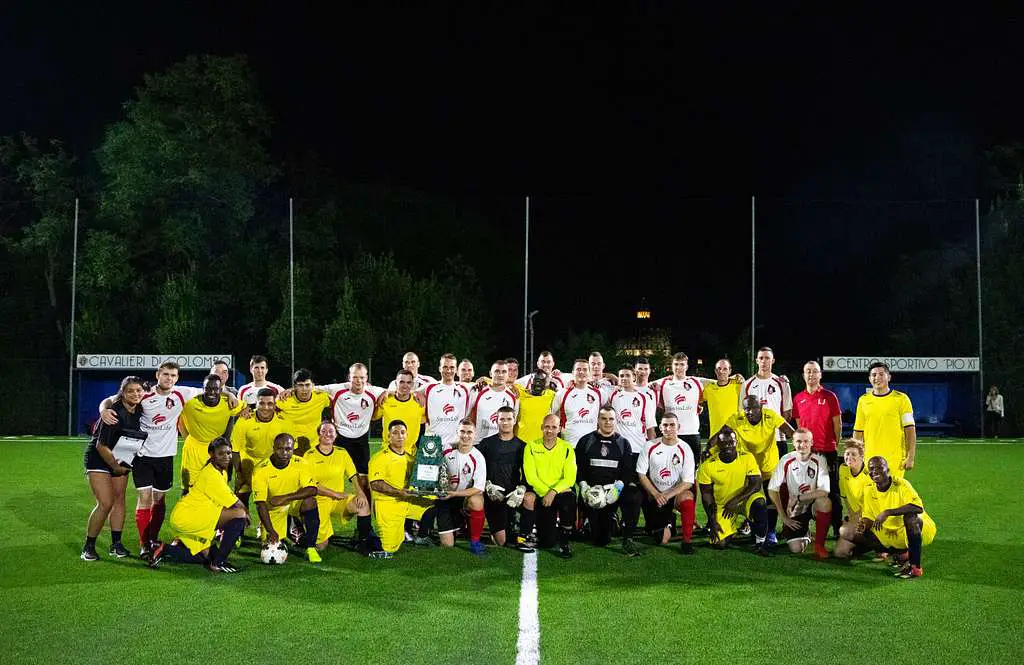
Yes, the Vatican has a national soccer team, though you won’t see them in the World Cup anytime soon. The team is made up of employees from different Vatican departments—think Swiss Guards, postal workers, and museum staff. They play friendly matches, mostly with other tiny nations or Catholic organizations. It’s more about community and camaraderie than competition.
The team’s name is the Vatican City National Football Team, and they wear all-white kits. Though they’re not recognized by FIFA, they occasionally get media attention for the novelty of it all. They even hosted a women’s match recently, though it came with some controversy. Still, it’s another example of the Vatican being more like a real country than people think.
14. It Has the World’s Shortest Citizenship List
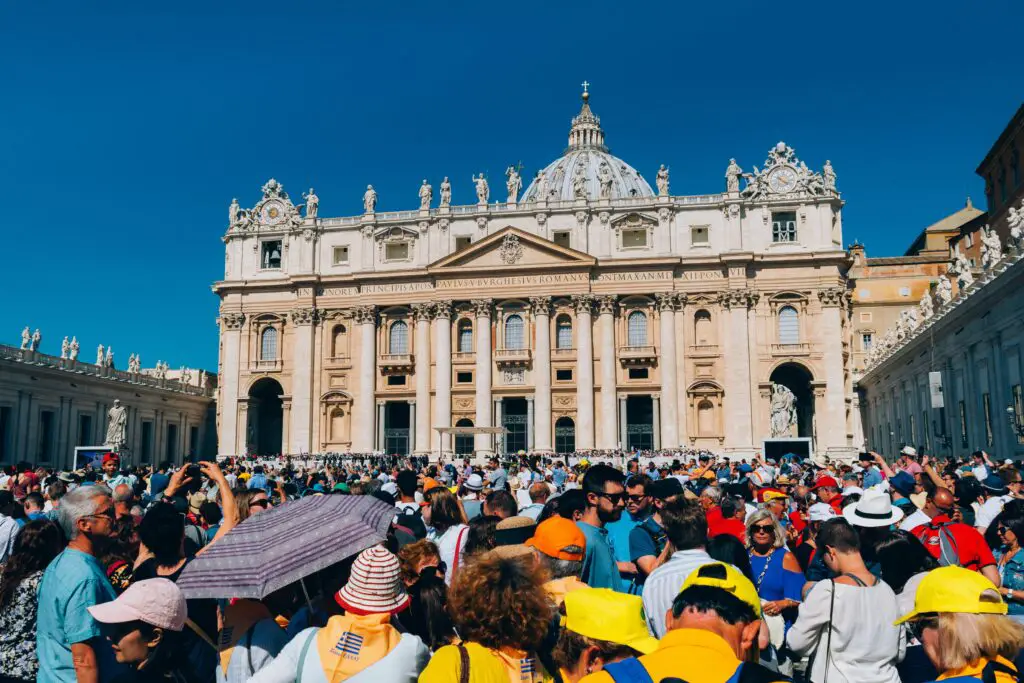
Vatican citizenship is incredibly exclusive—and temporary. You don’t get it by birth or by applying; you get it by working for the Holy See. Once your job ends, so does your citizenship. That means the list of official citizens at any time is tiny, usually around 600 or so people.
Most are clergy, diplomats, or members of the Swiss Guard. Their families can live in Vatican housing but don’t usually get full citizenship. It’s a unique system designed to support the spiritual mission rather than build a permanent population. It also means that even if you lived there for years, you might never technically be a citizen.
